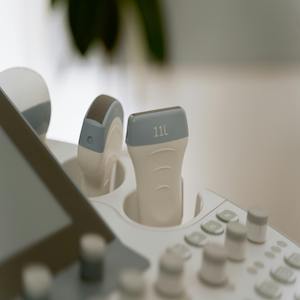Retention rate and predictor factors of drug discontinuation in axial spondyloarthritis: a focus on certolizumab and secukinumab

All claims expressed in this article are solely those of the authors and do not necessarily represent those of their affiliated organizations, or those of the publisher, the editors and the reviewers. Any product that may be evaluated in this article or claim that may be made by its manufacturer is not guaranteed or endorsed by the publisher.
Authors
Objective. Drug survival rate and time are important to demonstrate the effectiveness of treatment in patients with axial spondyloarthritis (axSpA) in real life. Therefore, we aimed to evaluate drug survival rate and predictors of discontinuation of certolizumab and secukinumab in axSpA patients.
Methods. This single-center retrospective cohort study included patients treated with certolizumab (n=239) and secukinumab (n=64) among axSpA patients followed up at the rheumatology clinic. Clinical, laboratory, and imaging findings, treatment duration, and reasons for discontinuation were evaluated between April 2019 and December 2022. Drug survival rate and time were analyzed using Kaplan-Meier analysis, and predictive factors associated with drug discontinuation were analyzed using multivariable Cox regression analysis.
Results. At 12 months, drug retention rates were 76% in the secukinumab group and 73% in the certolizumab group. The overall retention rate was similar in both groups (p=0.641). The median survival time was 66.0 months in the secukinumab group vs. 62.8 months in the certolizumab group. A comparison of the patients who discontinued certolizumab treatment with those who continued showed that patients who discontinued certolizumab treatment had a higher frequency of female sex, peripheral arthritis, and inflammatory bowel disease. Comparison of the patients who discontinued secukinumab treatment with those who continued revealed that patients who discontinued secukinumab treatment only had a higher frequency of male sex. Multivariable Cox regression showed that male sex was independently associated with a lower risk of certolizumab discontinuation [hazard ratio (HR): 0.634, 95% confidence interval (CI): 0.41-0.97, p=0.036] and with a higher risk of secukinumab discontinuation (HR: 2.77, 95% CI: 1.18-6.49, p=0.018).
Conclusions. Our data showed that the drug survival rate of certolizumab and secukinumab was similar in patients with AxSpA. There was a lower risk of certolizumab discontinuation and a higher risk of secukinumab discontinuation in males.
Ethics Approval
This study was approved by our hospital's ethics committee (Reference number: E1-22-2826).How to Cite

This work is licensed under a Creative Commons Attribution-NonCommercial 4.0 International License.
PAGEPress has chosen to apply the Creative Commons Attribution NonCommercial 4.0 International License (CC BY-NC 4.0) to all manuscripts to be published.











